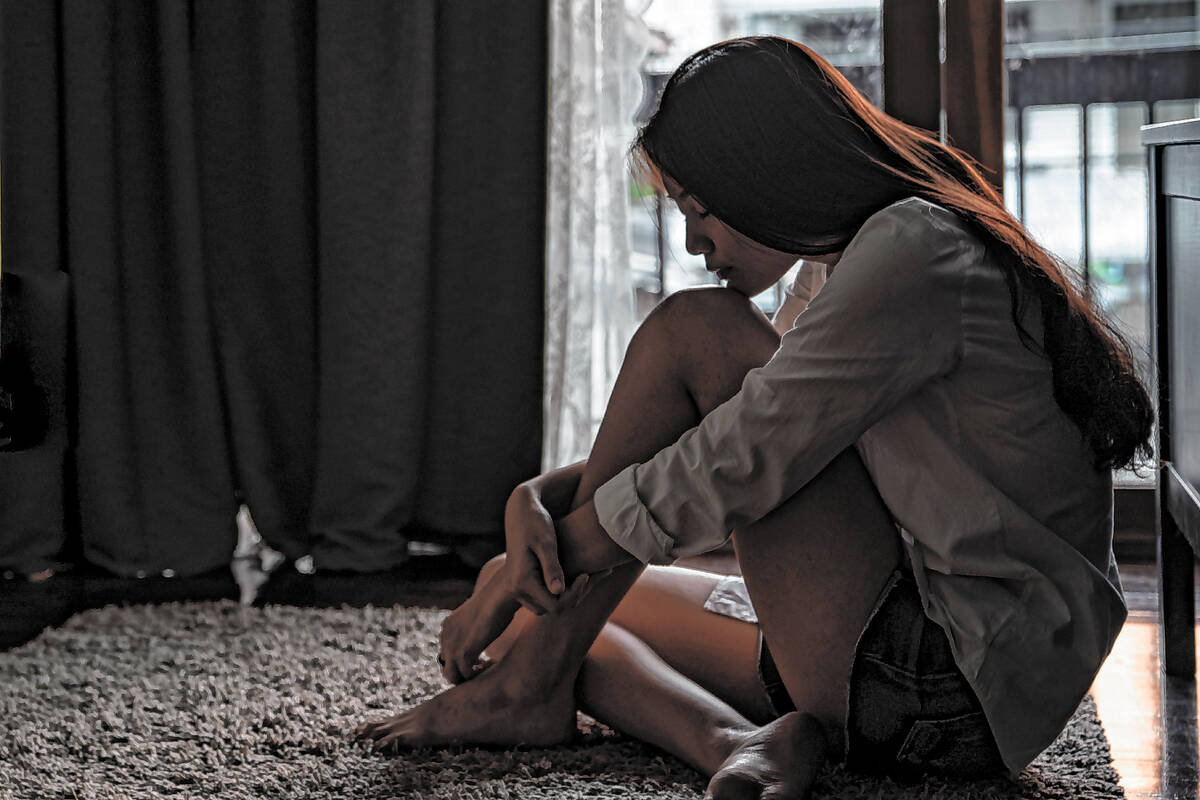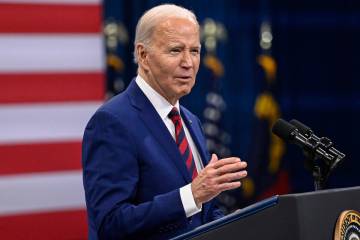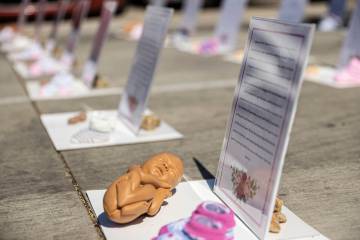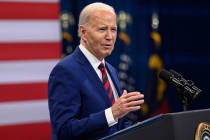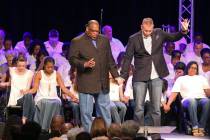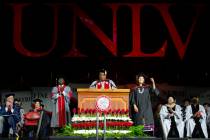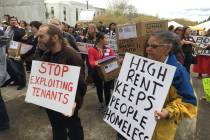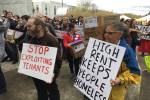VICTOR JOECKS: To combat loneliness, increase marriage, religious participation
There’s a sad irony to the government discovering an epidemic of loneliness it helped fuel.
Surgeon General Dr. Vivek Murthy recently released a report decrying the country’s lack of social connection. It’s depressing stuff. It finds around half of adults are lonely. A 2022 study found fewer than 40 percent of adults said they feel “very connected to others.”
Isolation causes health problems. Most notably, it dramatically increases the risk of premature death. A lack of social connection increases one’s risk of heart attacks, strokes, high blood pressure, suicide and dementia.
A couple of things jump to mind. For one, extended lockdowns were a major error. That’s leaving aside the destruction they did to education and the economy. Blue-state governments mandated loneliness and isolation long after it became clear that lockdowns were ineffective. The health consequences of that decision will linger for years.
Another is that money can’t make you happy. We enjoy luxuries — such as cellphones, A/C, travel by plane and cars — to which kings and queens in previous centuries never had access. Yet a growing number of us are alone and miserable. It’s true that a lack of necessities can make you unhappy. But people aren’t finding happiness in material excess.
So what happened? Coronavirus restrictions accelerated these alarming trends, but they’ve been building for decades. Questions like that bring to mind this quote: “Traditions are the solutions to problems society has forgotten about.”
Take that perspective and the root causes of loneliness are obvious. Traditionally, families provided the fundamental unit of social connection. In 1960, almost 87 percent of children lived with both parents. In 2022, it was 70 percent. In 2019, Pew Research Center found the United States had the world’s highest rate of kids living in a single-parent home. Children have fewer siblings than they did in previous decades. The fertility rate dropped in half from 1960 to 2018.
Think about all the social connections that are lost when a traditional family breaks apart or never even forms. Kids don’t have fathers or as many siblings. Moms and dads don’t have each other. Men generally aren’t as involved in their kids’ lives. Then watch that ripple through generations as extended family networks shrink, too.
Why didn’t this happen a century ago? There are many factors, including birth control and changing morals. But the biggest is the decline of marriage. Government was no idle observer in this phenomenon. Welfare made it financially possible — and in some cases financially profitable — to be a single parent. Now, 40 percent of children are born out of wedlock.
The other major cause of isolation is a decline in religious participation. From 1938 to 1976, more than 70 percent of adults belonged to a church, synagogue or mosque. It declined slightly and then fell swiftly after 2000. In 2020, fewer than half of adults belonged to a church.
Aside from spiritual benefits, religious community is an incredible source of social connection. It gives people from different backgrounds and income brackets a shared purpose. It includes duties and responsibilities to other people. In turn, those people help in your times of need. It’s hard to be isolated if you’re living in community with others. Little wonder loneliness has increased as religious participation has declined.
The report’s solutions are a series of corporate gobbledygook — “designate social connection a priority” — and calls for more government. That’s not going to work.
To combat loneliness, Americans need to re-examine and return to the traditional practices that once prevented it.
Contact Victor Joecks at vjoecks@reviewjournal.com or 702-383-4698. Follow @victorjoecks on Twitter.



